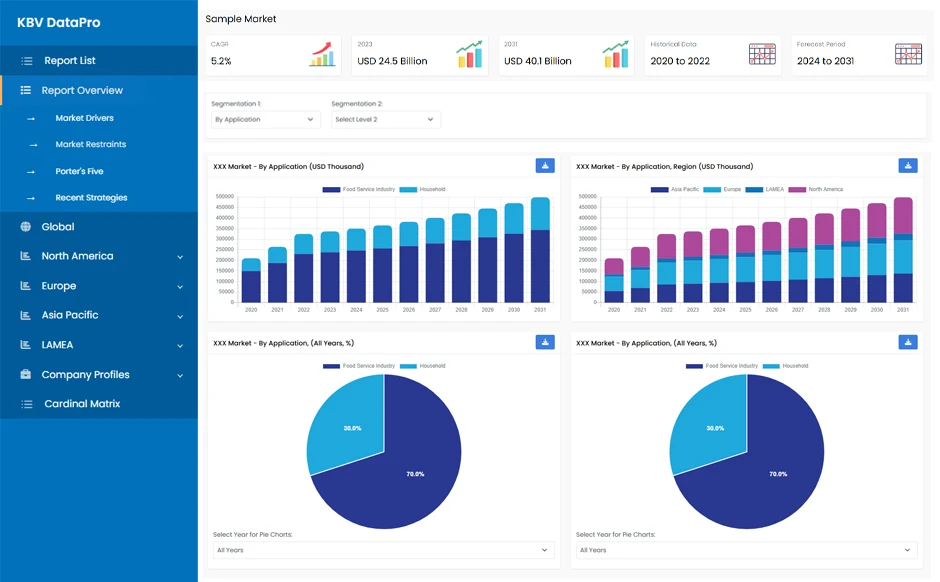Boat Drops: Your Portal to Aquatic Adventures
Explore the world of boating with tips, news, and insights.
Steam Marketplace Secrets Unveiled
Unlock hidden tips and tricks of the Steam Marketplace! Discover how to maximize profits and snag the best deals with our exclusive insights.
10 Tips for Maximizing Your Profits on the Steam Marketplace
Maximizing your profits on the Steam Marketplace requires a combination of strategy, market awareness, and timing. First, it's essential to stay informed about the latest trends and events within the gaming community. Follow popular games and engage with forums to understand which items are gaining value. Secondly, regularly check the market prices of the items you intend to sell. Utilize price tracking tools to analyze the historical price data, which can help you identify the best times to buy low and sell high. Here are a few tips:
- Participate in seasonal sales and events to capitalize on increased demand.
- Avoid selling during market crashes to prevent losses.
- Price your items competitively based on current trends.
Another important aspect of successfully navigating the Steam Marketplace is to diversify your inventory. Don't limit yourself to just one game or item type; explore various categories to find those with high-profit potential. Consider investing in rare skins or items that are often sought after by collectors. Additionally, utilizing the Steam Community Market effectively can significantly enhance your profit margins. Pay attention to the market fee, which can impact how much you earn. To summarize some effective strategies:
- List items at strategic times for maximum visibility.
- Promote your listings through social media channels.
- Build a network with other traders for better deals.

Counter-Strike is a popular multiplayer first-person shooter game that pits teams of terrorists against counter-terrorists in various objective-based scenarios. Players can enhance their gaming experience with various promotions, such as using a csgoroll promo code to gain access to exclusive in-game benefits.
Understanding Steam Marketplace Fees: What You Need to Know
The Steam Marketplace offers users the ability to buy and sell in-game items, but understanding the fees associated with these transactions is crucial for maximizing your profits. When selling an item, Steam takes a predetermined percentage as a transaction fee, which can vary depending on the item’s value and demand. This fee structure is designed to maintain the platform and ensure secure transactions. Additionally, sellers should also be mindful of the Steam Wallet system, which limits cash withdrawals and requires users to manage their earnings effectively.
For instance, when you sell an item for a specific price, you'll need to account for the Steam Marketplace fee that will be deducted from your earnings. Buyers are often more reluctant to purchase items that appear overpriced due to these potential fees. Therefore, it’s wise to do your research on trending items and their market values. In conclusion, understanding these fees and properly adjusting your pricing strategy can greatly enhance your ability to trade successfully on the Steam Marketplace.
Is It Worth Investing in Steam Skins? A Comprehensive Guide
Investing in Steam skins can be an enticing prospect for many gamers and traders. As cosmetic items that enhance the appearance of weapons and characters in popular games like Counter-Strike: Global Offensive and Dota 2, these skins can range from common to rare, affecting their market value significantly. Is it worth investing in Steam skins? The answer depends on various factors, including your understanding of the market dynamics, rarity, and condition of the skins you're interested in. For those who are willing to research and keep an eye on market trends, investing in Steam skins can potentially yield a decent return.
However, it's essential to consider the risks associated with this investment. The value of skins can be volatile, influenced by game updates, community interest, and other external factors. Moreover, unlike traditional investments, the resale market is not guaranteed, meaning you could find yourself holding onto skins with devalued worth. To make an informed decision, it's advisable to analyze the trends and consult resources that track skin prices. In conclusion, while investing in Steam skins can be financially rewarding, it requires due diligence and an understanding of the gaming economy to succeed.